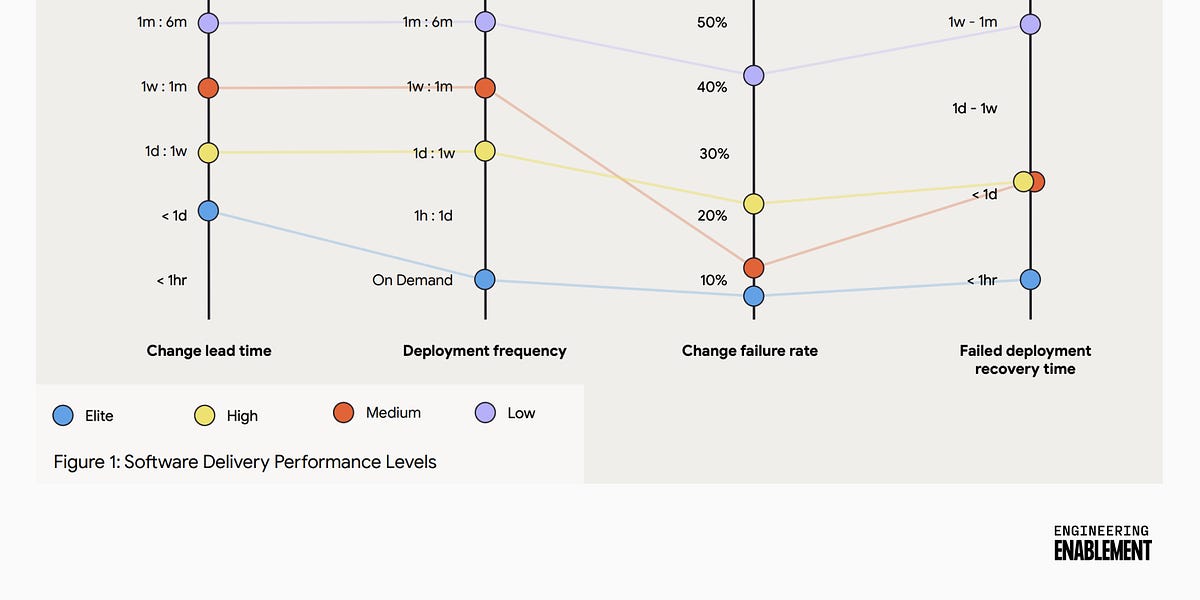Lessons from one too many model spreadsheets
Few things can be as helpful and potentially time-wasting as modelling your business with a spreadsheet and setting metrics. A clear model of how you make money is a great tool to help identify bottlenecks or risks. On the other hand, it is very easy for models and the team KPIs or metrics that result from them to be little more than noise. Previously, as a founder and in non-founder roles, I’ve had to build many models. I have learned a lot about how to set metrics, especially a long list of ways to do it poorly. This post will ideally help you to learn from some of my mistakes. I assume you know how to build a model in general; I’ll save Startup Modelling 101 for a future post.
Building a good business model usually requires returning to first principles. This lets you strip back any embedded assumptions that float around in your team's heads and put them down in a spreadsheet. Sometimes, during this process, you’ll reach a point where the model looks good, but you have an eerie feeling that you have no idea if any of these figures are too ambitious or far too easy.
At this point, you should compare what you’ve modelled to performance over the last one or two quarters. If you can’t, or if your measured values bounce around almost randomly, you have a predictability problem. It’s almost always a good idea to put someone to work trying to solve that as a priority.




















